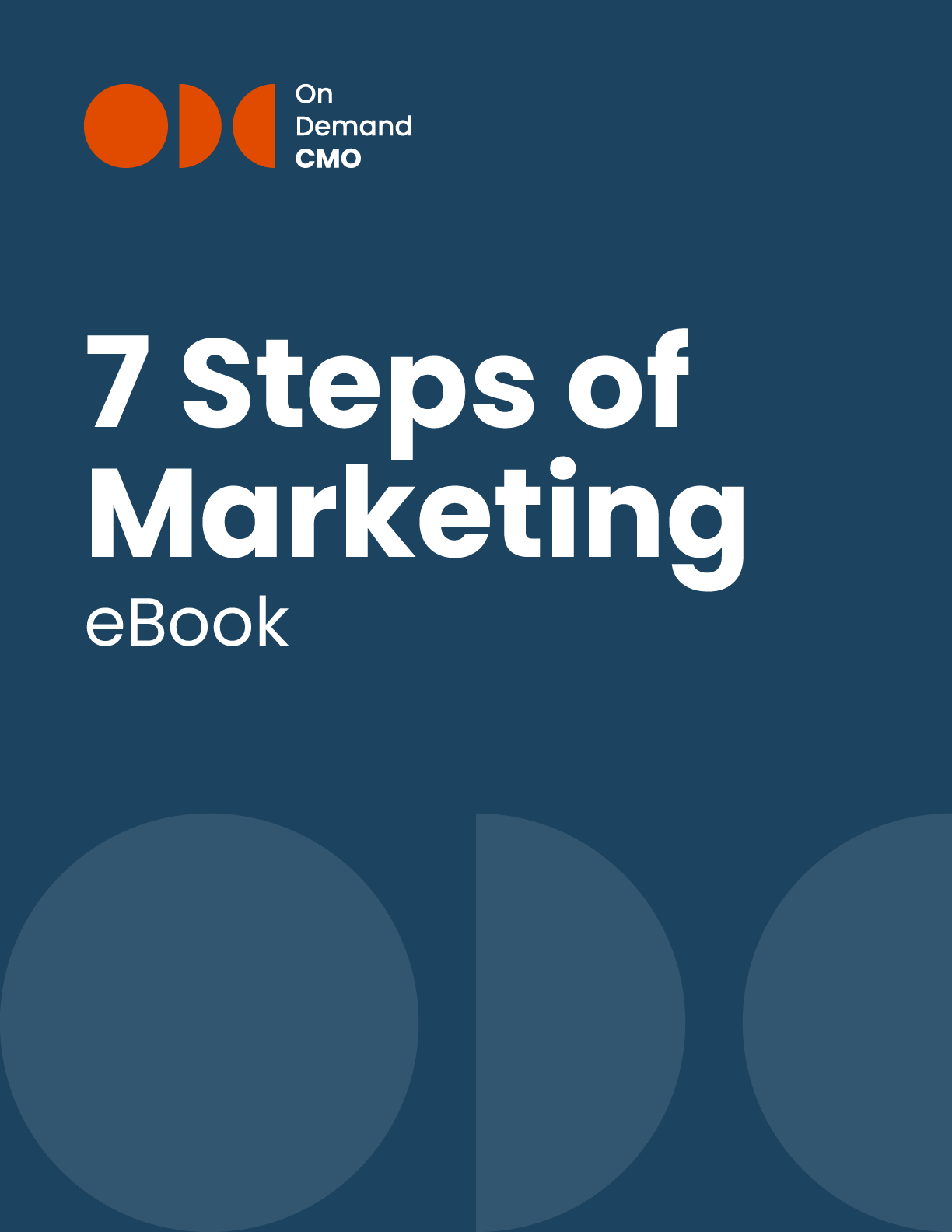It’s amazing to consider the power social media has. In some ways — because of how integrated and omnipresent social media is in our lives — it can be hard to reflect on; it’s like the air we breathe, always there but never given a second thought. A decade ago, LinkedIn was a resume database, Facebook was just bubbling up, Twitter was a newcomer, and Instagram was nowhere in sight. Now, these three are holy tools wielded to communicate a brand, advertise products, and often, give us ‘’something to do’’ while we’re idle.
And as it turns out, there’s a lot of money to be made in those idle moments. More than just a place to post fun videos of your pets or catch up with old friends, social media is a marketing force unto itself — one that many companies have adopted, but that (and we say this with love) many also misuse. Or if not misuse, perhaps don’t maximize: social media is not a strategy, it is a channel. Let’s say it one more time: social media is not a strategy, it is a channel. By that we mean that having social media alone does not equate to a communications, branding, or marketing strategy; instead, it is a tool to be used that can forward those efforts. And that is the mud many companies get stuck in. If you’re not considering the importance of social media strategically, its potential only goes so far.
Consider the below statements: if any feel resonant to your company, dig into their significance to see how you can improve your social game.
Sometimes companies assume social media is best in the hands of a young gun, someone just out of college who’s been on social media since age 10. And in many ways, millennials and Gen Z have the upper hand: they’ve basically grown up with Facebook, Twitter, Instagram, TikTok, and more! (what about that META Universe?!) That comes with its own major benefits, fluency, and tricks of the trade.
But something companies should keep in mind is that savviness with the platform is helpful, but it does not equate to understanding how to write relevant content or understanding an overall business strategy. Yes, it’s useful to have someone who knows how to create compelling, engaging graphics and videos, but without a sense of strategy behind it (messaging, positioning, competitive differentiation, ad spend, posting schedules, performance analysis), social media is just a toy, not a tool.
Posting regularly is better than posting often: the difference is one involves strategy. In terms of posts, it’s about quality, not quantity. Post too often (or, as a rule of thumb, more than once a day on a single channel) and you may tire out your audience. Each platform invites users to post at different frequencies.
Facebook and LinkedIn require planning ahead to craft pieces that share institutional content via video or news articles. Twitter can be more impulsive, and more reactive — it’s on that platform you may find people tagging you with fun stories or for customer service queries. And Instagram is about creating a mood; we’ve always thought of Instagram as your digital business card, somewhere anyone can go to get a sense of your brand’s aesthetic, offerings, and tone. Stories allow for more rapid-fire content while profile posts should be reserved for more special, strategic moments.
Organic traction is a great thing to have, but it’ll only take you so far. Spend allows you to get in front of more eyeballs (aka “boosting your posts”!) with a new audience you might not have otherwise tapped into. If spending is new to your budget, feel free to take it slow and customize your ads for what you want, be it reach, brand awareness, video views, or whatever else speaks to your needs!
In many ways the parent social media channel, Facebook still reigns supreme across multiple demographics. But as younger audiences come in, it’s important to branch out and expand, and even more important than that is to analyze your ROI. If you’ve been spending on Facebook, see if you are still generating sales. Treat your social media spend like an annual doctor’s visit — have a check-up to see that this channel is still the most fruitful one for you, and put a little spend behind others to see if you get any bites there.
It’s time to bury this notion once and for all… Social media is the place to solidify your brand’s recognition, relevancy, and reputation in the market. LinkedIn is the platform you should spend the majority (if not all) of your social time in. This is where you will share (and brag) about exciting company announcements and updates, giving your audience a glimpse of what your company culture truly is. Ultimately, the key decision-makers you want to get in front of are rarely “at the office” and difficult to get a hold of. With the use of LinkedIn, you can open doors to opportunities you may have not even thought were possible.
No matter where you’re at with social media — from setting up a new account to taking your brand to the next level — our step-by-step guide takes businesses through the best ways to use these channels. Social media can be a vehicle to forward your mission and brand, and in our marketing guide series, we explain the role these platforms play in communicating and selling the story of your company. Take a look at Part 5 of our Series of 7 Guides below.
[dlm_gf_form download_id=”5314″ gf_ajax=”true”]

OnDemandCMO has authored 7 Steps of Marketing, the only marketing guide book you’ll need to either get your marketing started properly, or stay on track strategically.
It features best practices on branding, messaging, social media, lead generation and much in between.
Please let us know who you are, and we'll share a few of our secrets (we don't sell or trade your info)!